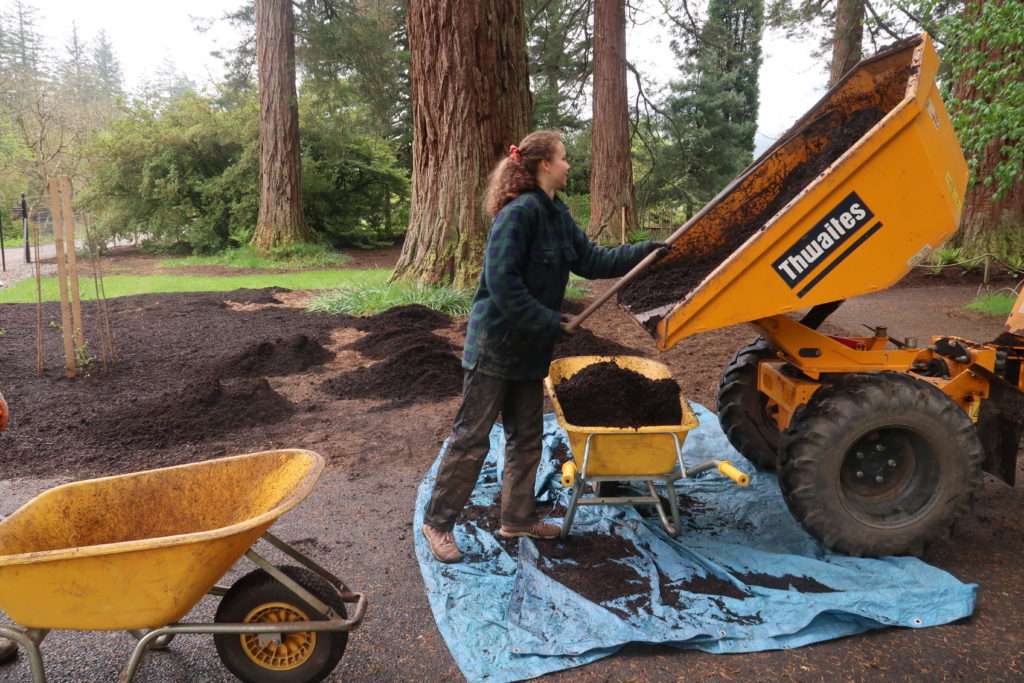Reviving a stressed 50m tree feels daunting but having 49 ailing giant redwoods to revive has been one of the biggest challenges.
Peter baxter, curator, benmore botanic garden
Benmore Botanic Garden has one of the finest avenues of giant redwoods (Sequoiadendron giganteum) anywhere in Britain. So, the prospect of losing them is unthinkable. Trying to imagine the garden without its iconic avenue would be the botanical equivalent of Paris minus the Eiffel Tower or London without London Bridge. But this is exactly what the staff of the garden seemed to be facing as the trees began to sicken and sections of foliage died, causing visible thinning and discolouration.
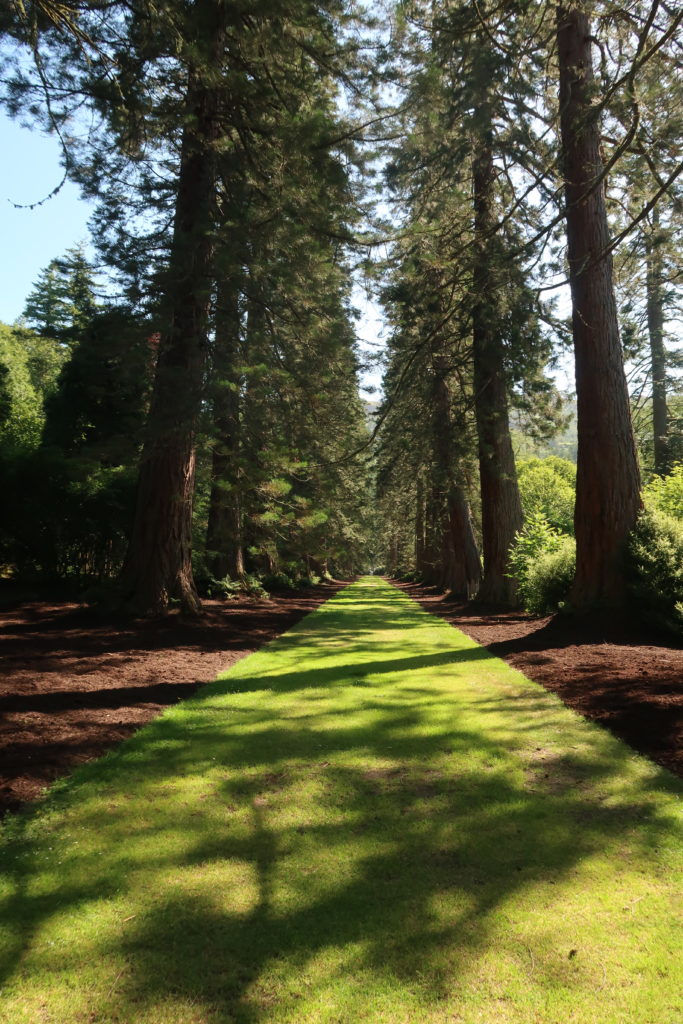
Avoiding what would be a terrible loss has involved a concerted effort to investigate the problem and find a solution. The possibility of a pest or disease organism being responsible was, thankfully, quickly eliminated. By conducting a detailed soil analysis, it was discovered that a combination of compaction and waterlogging was at the root (literally) of the problem. Most plants need soils that contain a surprising amount of air in what is described as an open crumb structure. This allows the roots to breath.
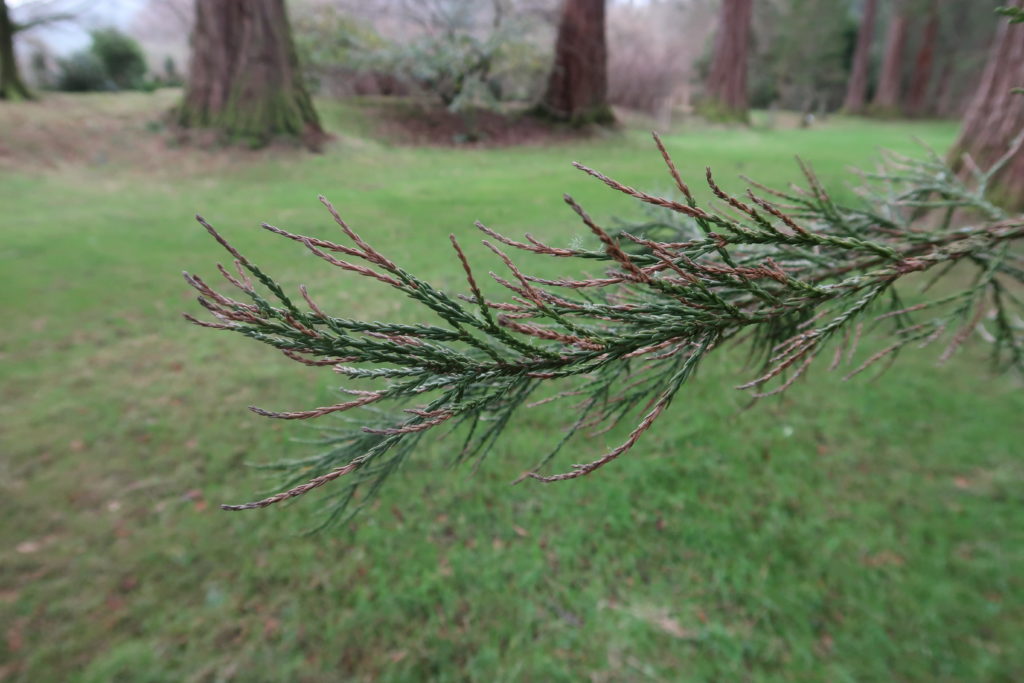
Soil conditions in the avenue had become so detrimental to growth that the roots were effectively being suffocated and experiencing dieback. This was disrupting the ability of the trees to gather nutrients and water, with inevitable consequences for the health and appearance of the foliage. For trees to be able to grow in waterlogged and oxygen-deficient soils requires the evolution of specialised roots that grow up above the soil or water surface to act as ‘snorkels’ to gather oxygen, keeping the roots below alive. The classic example of this specialisation is seen in mangrove trees that grow in the intertidal mud in tropical seas. Giant redwoods grow wild in California in well aerated soil. Consequently, they were being seriously stressed by the soil conditions at Benmore.
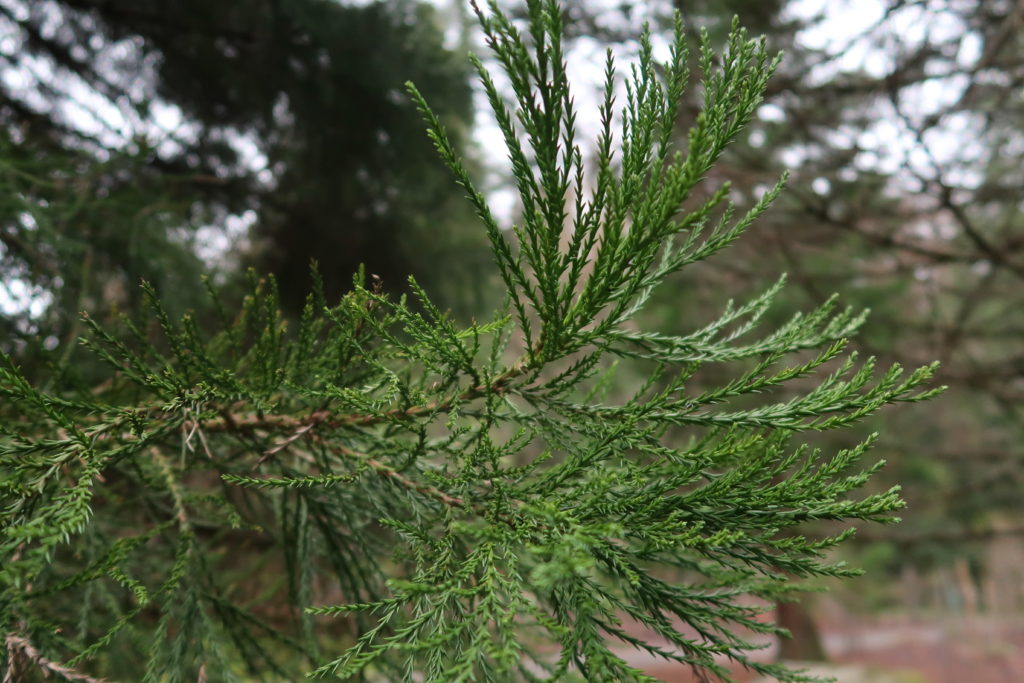
The history of the avenue is interesting as the trees were among the very first giant redwoods to be grown in Britain. Rather bizarrely, the species was ‘discovered’ by Europeans and then the details of where it grew were lost. It was found for the second time during the 1849 California Gold Rush, and it caused a sensation. What followed was effectively a race to get the first seeds back to Europe.
Patrick Matthew, a Perthshire Laird, was the first to receive a small parcel of seeds in August 1853, sent by his eldest son, John Matthew, who was involved in the Gold Rush. It seems most likely that the Benmore trees were grown from the second, much larger, shipment of seeds sent by commercial plant collector William Lobb. Matthew beat Lobb by four months as he opted to use the new transatlantic steam packet to send his seeds home. In 2013 the Benmore trees were celebrated with a theatrical light and music event involving giant puppets parading down the avenue to mark their 150th anniversary.
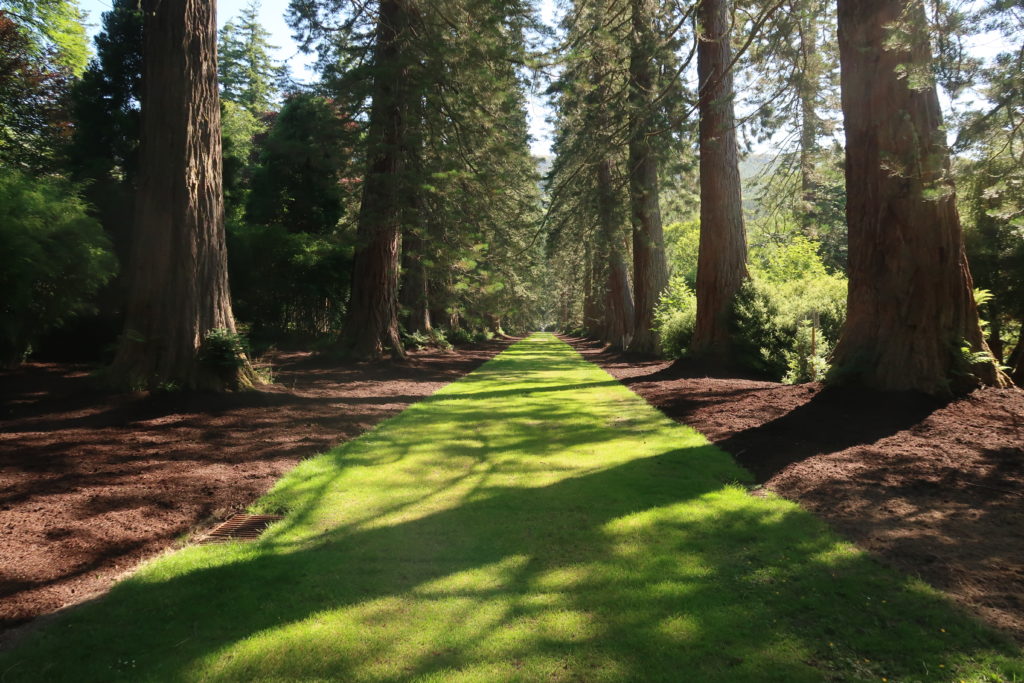
After detailed investigation by consultants, the proposed remedy for the ailing redwoods was to open the soil structure to allow air in, to add specific nutrients to the soil and encourage beneficial microbial activity. The growing conditions and soil composition of wild redwood groves in California was taken into consideration when designing the package of remedial measures. This involved a large area being geo injected with compressed air directly into the soil using a tool called an ‘air lance’. This would be a mammoth task, and it was quickly realised that it would be more cost effective to purchase the equipment and hire staff to operate it than getting a contractor to do the job.
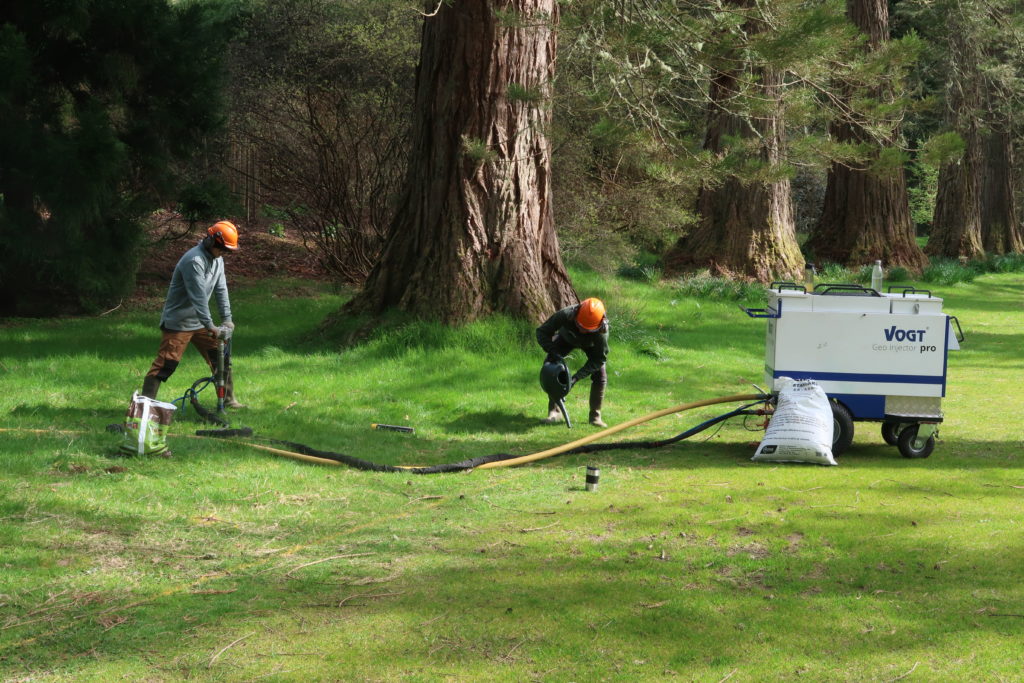
Works involved geo injection at 1m centres to a depth of 500mm. Two blasts of compressed air at 100psi were used to create openings in the soil. This was followed by injection of a material called perlite to keep the newly created spaces open. Geo injection was carried out over an area of 7,250 square metres and required the following materials: 54,000 litres of perlite; 6,000 kilograms of sand; 650 cubic metres (10 articulated truck loads!) of composted bark and 800 kilograms of bio-stimulant.
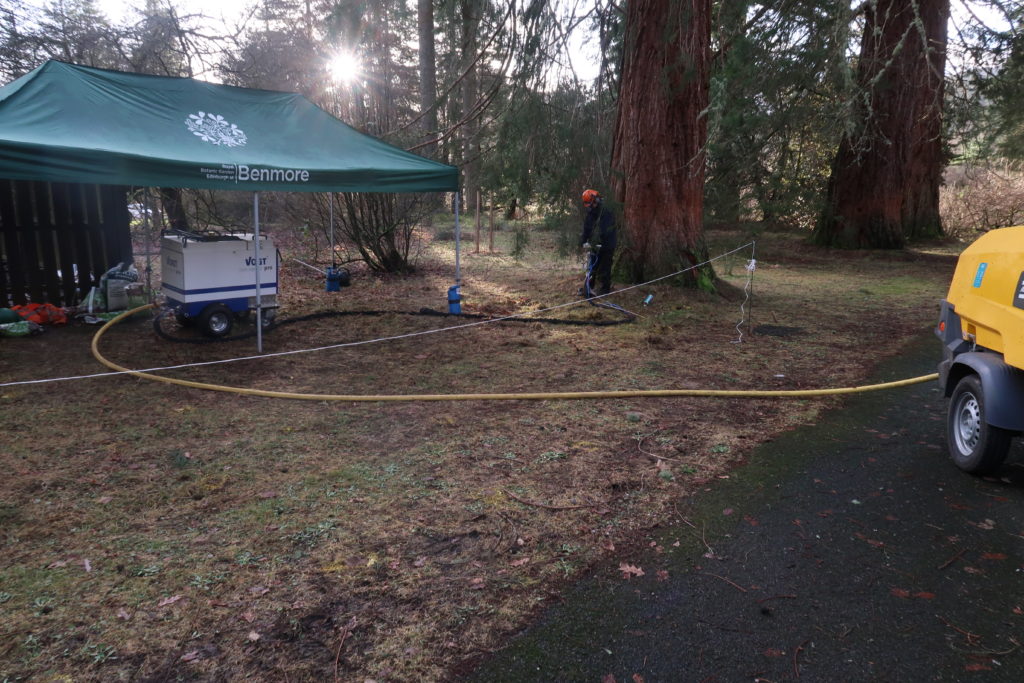
After injection of the perlite the surface was top-dressed with sand to fill any cavities. Mulching was carried out across 6,300 square metres. This involved the top 200mm of the soil being broken up with compressed air delivered through an air lance and 100mm of composted bark being spread and then mixed by light air lancing. Finally, the bio-stimulant, a mixture of worm casts and added nutrients, was raked into the surface.
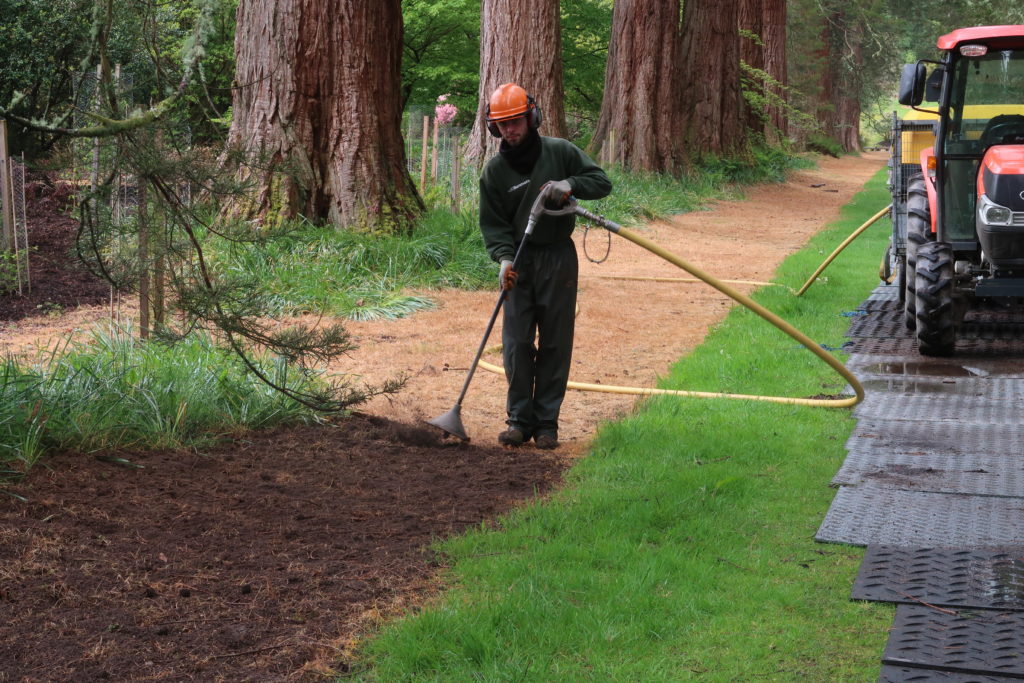
All the work was completed between February and September 2021 and two applications of the bio-stimulant took place in 2021 and 2022. Now that time has passed, we are seeing clear signs of improvement in the tree’s health. Further work is ongoing to the grass strip running down the middle of the avenue. For now, the trees are looking much happier, and we hope that they will continue to thrive.
Because of their immense size it’s easy to forget that the Benmore giants are just babies. The wild giant redwood called ‘General Sherman’ is 84m tall and over 11m wide as the base. We also know that giant redwoods can live to over 3,000 years old. So, the Benmore giants are at a stage in life where they should be in full vigour and putting on height. Let’s hope that the signs continue to look good for these extraordinary trees.
